Finally good news from Roland. New serious synthesizers to come! Ok, ok, the company continues to surf on the retro wave (terms like Juno, JX, JD or Jupiter are on everyone’s lips), but still: JUPITER-X looks impressive. It is a little surprising, though, that its smaller version is called JUPITER-Xm … and not JUPITER-Xi (which would have made sense following the JD-Xi).
It is to be expected that no module version of the new Jupiter is planned and therefore the “m” has been finally used for the smaller keyboard version. But alright, it’s not that important in any way. As said before, the new Jupiter series consists of the studio device JUPITER-X and the “to go” instrument JUPITER-Xm.
It’s praiseworthy that the JUPITER-X seems to be sturdy and solidly manufactured – in good old (almost forgotten) Roland tradition! Robust chassis, aluminum side panels, internal power supply in the style of the mighty Jupiter-80 (or Jupiter-8). Also excellent the fact that there’s a separate pair of Pitch Bender and Modulationswheel in addition to the classic Roland Pitch Bend /Modulation Lever.
Thus, the JUPITER-X seems an ideal instrument for all those who might have been discouraged by the big (and heavy) Jupiter-80. The new “X” comes with a standard 5-octave keyboard and a large arsenal of controls (in terms of an “ideal” sound programming environment).
With its size of 109 cm (width) and weight of just under 17 kg, the JUPITER-X has now returned to the reputable Roland studio league. Good news.
The instrument’s sound engine is digital, of course. More precisely, it’s “ZEN-Core” with “Various MODEL Sound Generators”. In other words, it’s all about the replica of various historical Roland synthesizers (let’s just flag up the name Jupiter-8) with the addition of historic Roland drum machines plus all “modern” sounds à la SuperNATURAL sound synthesis. The latter engine famous for its immense (natural) sound quality.
“JUPITER-X is equipped with our latest sound engine, capable of morphing into legendary synths from our long history of genre-defining sounds. It’s so flexible that it can reproduce our highly sought-after analog classics like the JUPITER-8, JUNO-106, and SH-101, as well as digital machines like the vintage XV-5080 and modern RD pianos. You also get the many Roland drum machines that are the foundation of electronic and dance music like the TR-808, TR-909, CR-78, and more. It’s like a studio full of vintage gear, with modern capabilities and a deep synth engine so you can explore unmapped sonic territory.” (www.roland.com/us/promos/jupiter-x)
The smaller JUPITER-Xm is 58 cm wide and weighs 4.4 kg. It’s the light version of the new Jupiter series. With built-in speakers, battery operation, smaller keys, external power supply and – very amusing – ventilation slots on its top panel.
Due to its self-sufficient philosophy, this is clearly the instrument “To Go”. A Jupiter (Xm) always on your side: on the tour bus, in the café, in the park, wherever there’s need of Jupiter sounds …
Back to JUPITER-X, the “big” version. Performance (doubled Pitch Bend /Modulation Wheel) was the keyword. The instrument is 5-part multi-timbral (4 playing parts, 1 drum part). And it offers a remarkable arpeggiator:
“JUPITER-X’s I-Arpeggio is a next generation arpeggiator that uses artificial intelligence to not just accompany you, but to inspire you. I-Arpeggio takes your input—notes, rhythms, phrases—and creates complementary drum parts, basslines, chords, and arpeggiated lines. It works on each of JUPITER-X’s five parts simultaneously, and generated patterns can be customized and even exported to your DAW.” (www.roland.com/us/promos/jupiter-x)
Finally, on the far right of the control panel, there’s the obligatory effect unit. Which is – we have to be honest – indispensable in the digital world and probably helps to make the Jupiter sounds livelier. And then there’s the new keyboard with high-quality channel aftertouch:
“The 61-key JUPITER-X is the peak of Roland sound quality and design. Its all-metal build uses premium materials throughout, and the all-new aftertouch-enabled keyboard is the best we’ve ever made. A familiar layout and large array of controls let you dig in and easily shape your sounds, whether you’re composing in the studio or performing on stage.” (www.roland.com/us/promos/jupiter-x)
Great to see Roland back on the “pro” instrument path. JUPITER-X is not only built solidly, but we expect it to sounds highly professional as well (a review to follow as soon as possible). You do not have to go for Jupiter-8 or JX-8P sounds. Vintage is Vintage. The modern analog emulations are excellent (see Roland System-8) and are now offered with even better hardware and with direct access to nearly all sound parameters.
JUPITER-X lives up to its aristocratic “Jupiter” name: High-quality analog sound emulations in combination with Roland’s long-cherished SuperNATURAL sound architecture and great performance features. Quite an instrument, really.
Further info:
www.roland.com/us/products/jupiter-x

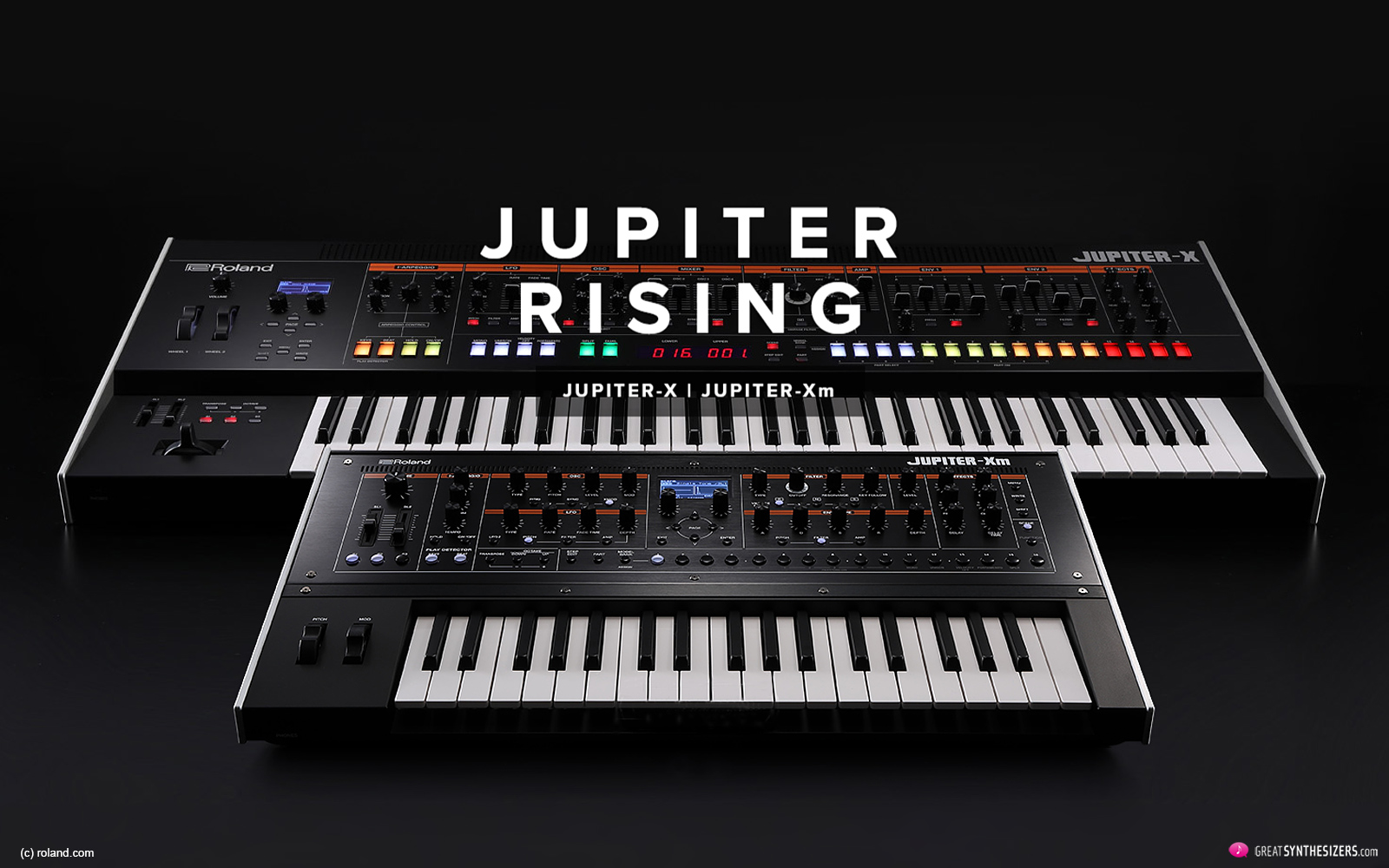
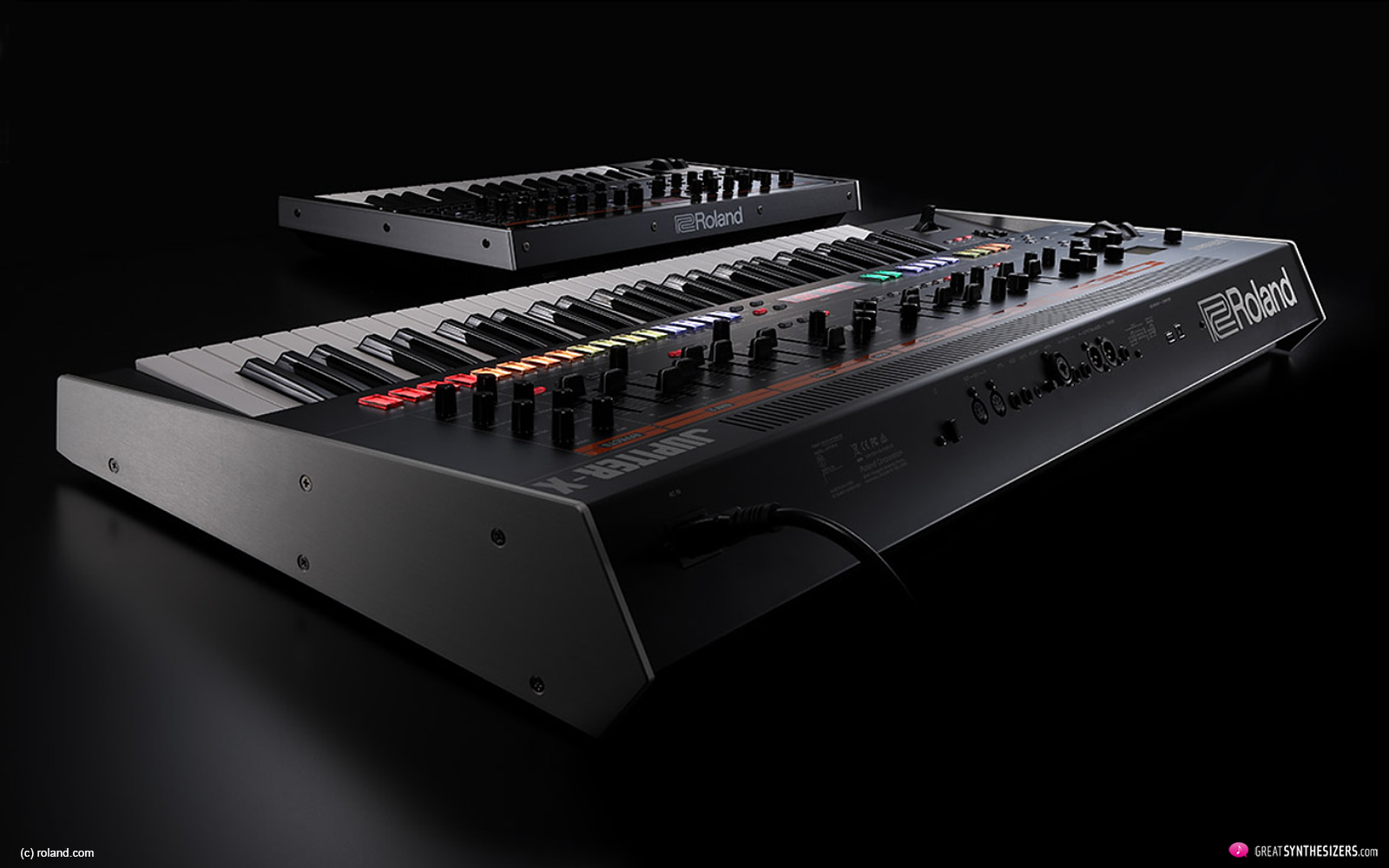

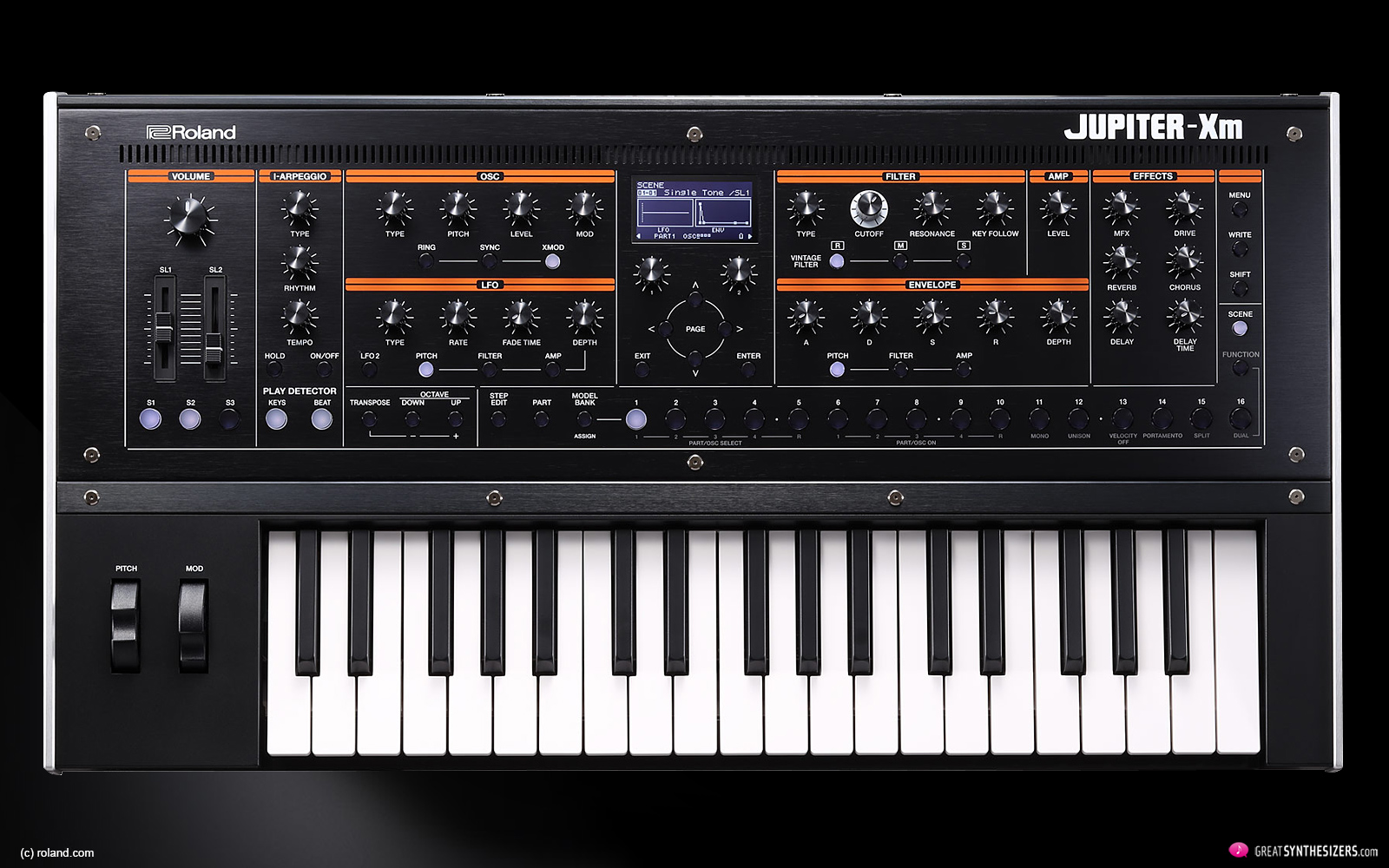
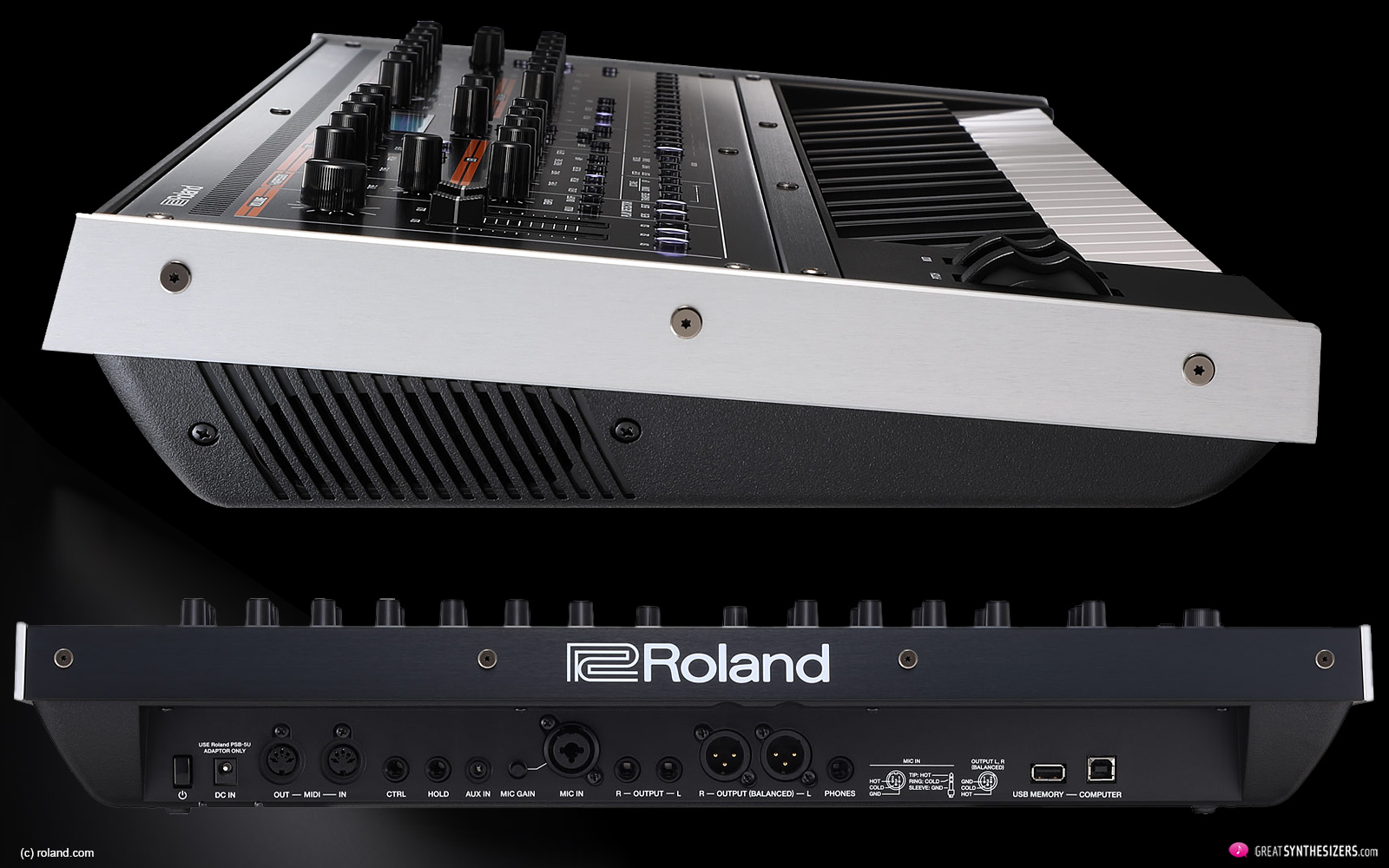
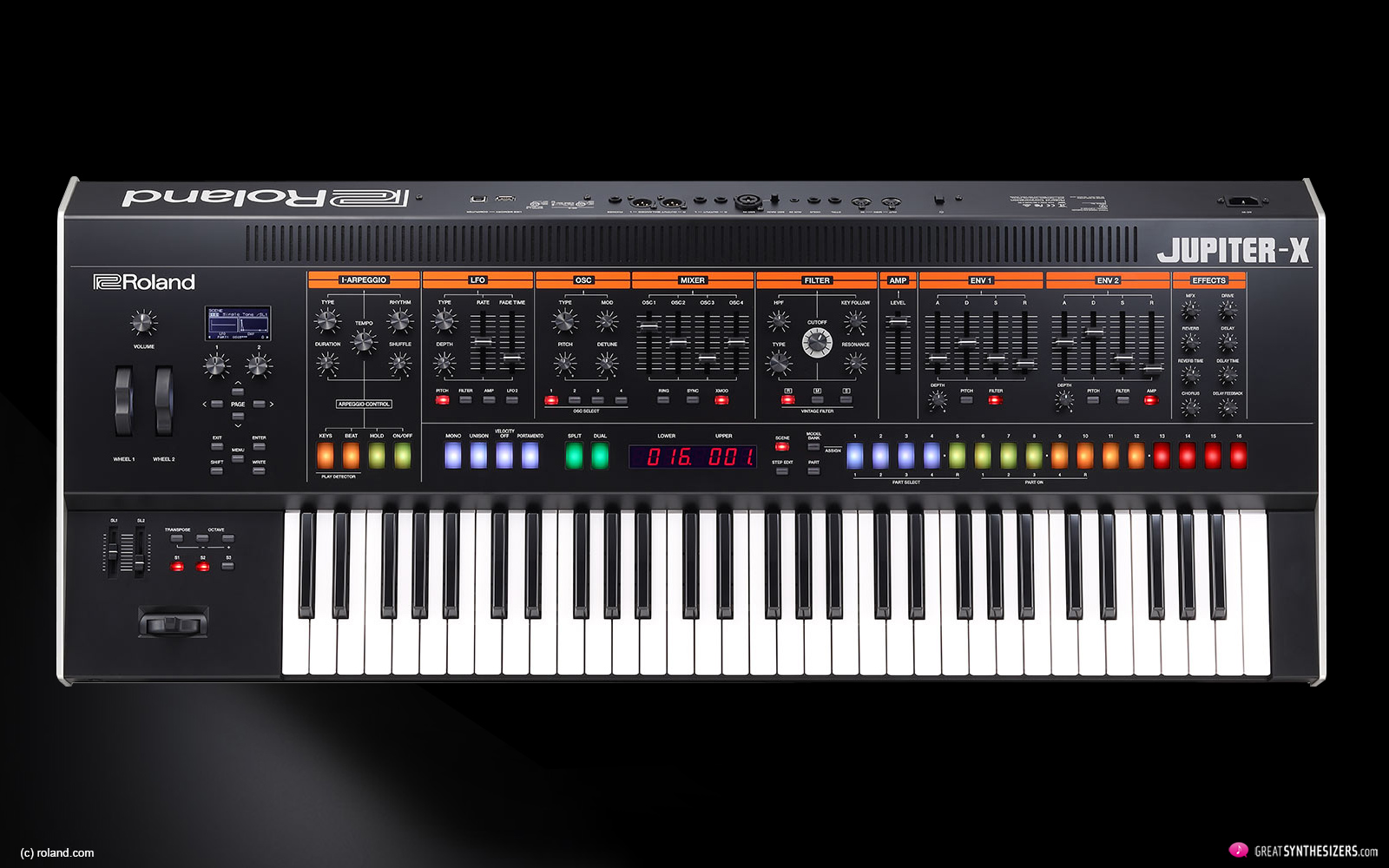
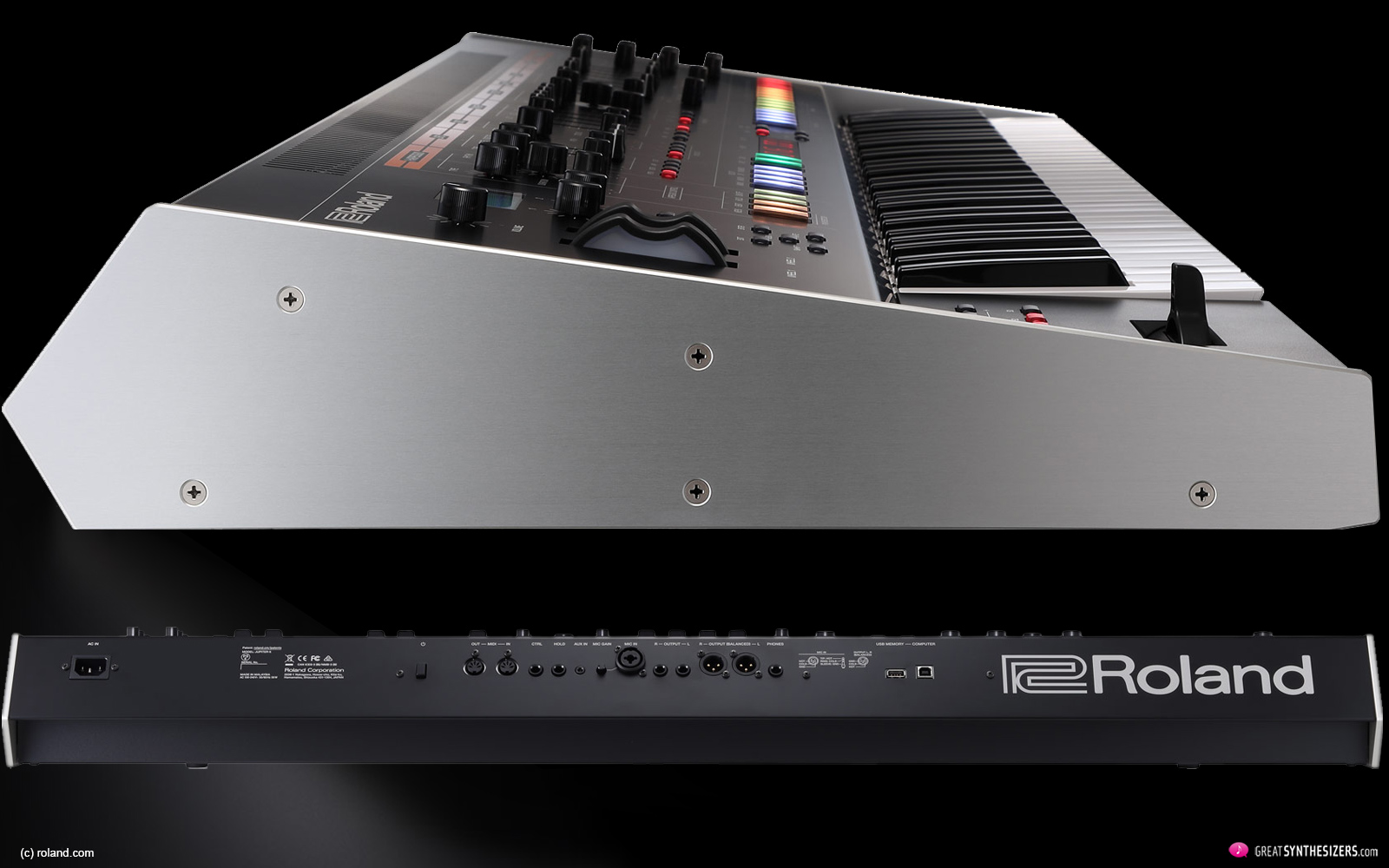
It’s refreshing to read a positive reaction to the announcement of these new Jupiters from a respected reviewer such as yourself as opposed to the usual Roland bashing one encounters on internet gear forums. I’m also excited to learn more about these new synths. Looking forward to your review. Cheers.
I do not believe the Jupiter-X features any Supernatural tones at this point. Roland added supernatural strings and Brass to their new Fantom at version 1.5.